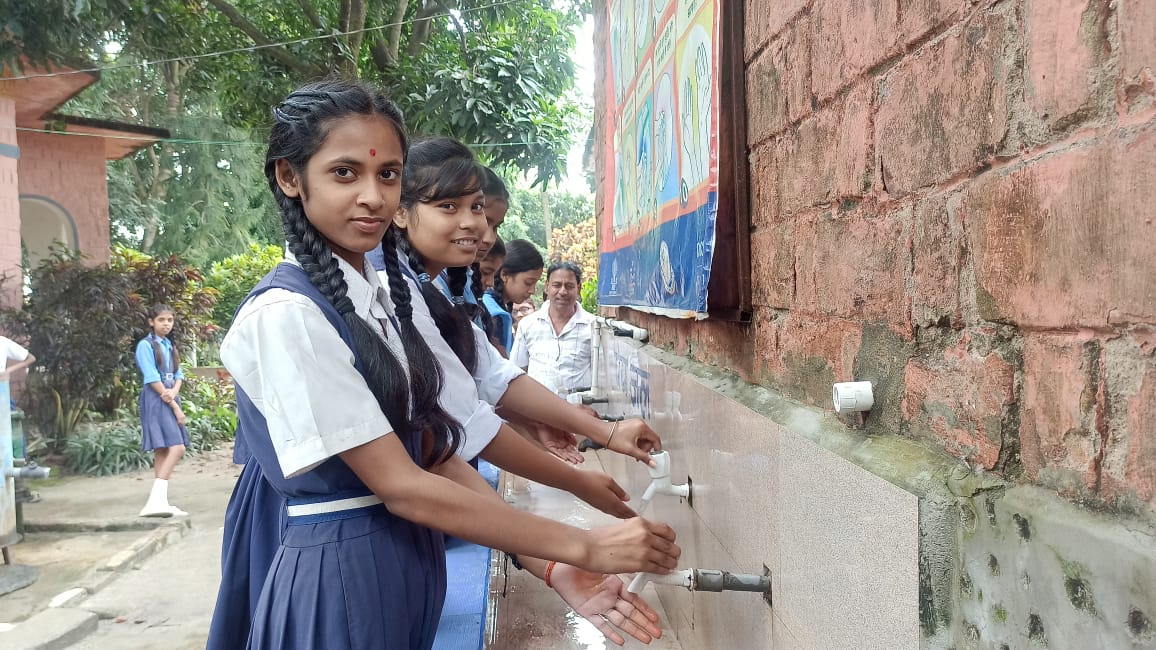Access to clean water is a fundamental human right, yet millions of people in rural India still struggle to access safe drinking water. Poor infrastructure, contaminated sources, and climate change make the situation worse. NGOs like the Savera Society have been working tirelessly to solve this problem, implementing sustainable solutions. This blog delves into real-world examples of how various communities have benefitted from these efforts, turning the tide on the clean water crisis.
Water contamination is a widespread issue in rural India, often leading to waterborne diseases like diarrhoea, cholera, and typhoid. The worst-hit are the economically marginalized communities who rely on untreated surface water for everyday needs. The 2019 report from WaterAid highlights that 84% of rural Indian households lacked access to piped water, exposing them to a range of health risks. This situation is exacerbated in drought-prone regions like Maharashtra, where villagers have to travel miles to fetch water from often polluted sources.
NGOs have stepped in to address this crisis with innovative solutions. One striking example comes from a small village in Bihar, where groundwater was severely contaminated by arsenic. The Savera Society introduced low-cost filtration systems that could purify the water, making it safe for consumption. This solution, while simple, has had a profound impact on the health of the villagers. After the system’s installation, the incidence of waterborne diseases dropped by nearly 60% within a year, and children who once missed school frequently due to illness began attending regularly.
In Rajasthan, where droughts are a common occurrence, another NGO partnered with the local community to install rainwater harvesting systems. By capturing and storing rainwater, the village has access to water throughout the dry season, mitigating the severe shortages they once faced. Women, who traditionally bear the burden of fetching water, have seen their lives transformed. Instead of walking long distances, they can now spend more time on productive activities like farming and education.
A similar success story comes from Tamil Nadu, where an NGO focused on restoring traditional water bodies like tanks and ponds that had fallen into disrepair. By rehabilitating these water sources, the community gained access to year-round water for both drinking and irrigation. The improved water availability has boosted agricultural productivity, providing farmers with enough water for two crop cycles instead of just one, thereby increasing their income.
The clean water crisis in rural India is a complex issue with deep-rooted causes, but the work of NGOs has shown that sustainable, community-driven solutions can make a significant impact. Through water filtration systems, rainwater harvesting, and the restoration of traditional water sources, NGOs are not only providing safe drinking water but also improving health, education, and economic outcomes for rural communities. While the problem is far from solved, these examples offer hope and serve as a blueprint for addressing water scarcity in other regions.

